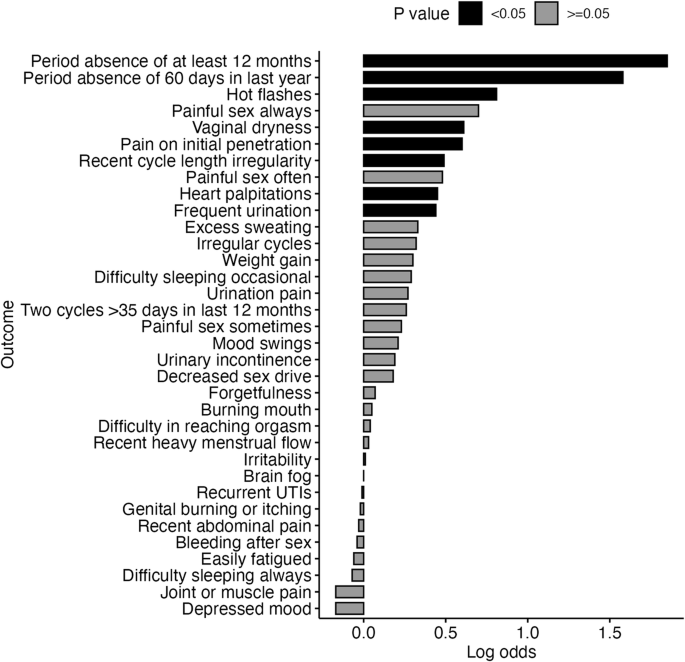7 Reasons Your Child Needs Braces

Here are seven compelling reasons why your child might need braces.
1. Crowded or Overlapping Teeth
One of the primary reasons children receive braces is to address crowded or overlapping teeth. When there isn’t enough space in the mouth for all the teeth to fit properly, they may overlap, twist, or become displaced. This can make brushing and flossing more difficult, increasing the risk of cavities and gum disease. Braces can also help by gradually moving the teeth into their correct positions, ensuring better oral hygiene and a more aesthetically pleasing smile.
2. Malocclusion (Bad Bite)
Malocclusion refers to a misalignment between the upper and lower teeth when the jaws are closed. There are several types of malocclusion, including overbite, underbite, crossbite, and open bite. Each type can cause various problems, from difficulty chewing and speaking to increased wear on the teeth. In fact, orthodontic treatment with braces can also correct these bite issues, improving both function and appearance.
Overbite
An overbite occurs when the upper front teeth extend too far over the lower front teeth. This can lead to excessive wear on the lower teeth and may even cause damage to the gums and palate. Braces can also help align the teeth properly, reducing the overbite and preventing further complications.
Underbite
An underbite happens when the lower front teeth protrude past the upper front teeth. This can affect chewing and speaking and lead to jaw pain. In fact, correcting an underbite with braces can improve overall oral function and aesthetics.
3. Gaps Between Teeth
While some gaps between teeth are normal, especially in young children whose mouths are still growing, significant gaps can pose problems. Large spaces between teeth can trap food particles, leading to plaque buildup and increasing the risk of cavities and gum disease. Braces can also close these gaps, promoting a healthier mouth and a more uniform smile.
4. Early or Late Loss of Baby Teeth
The timing of losing baby teeth can impact the alignment of permanent teeth. In fact, losing baby teeth too early can cause nearby teeth to shift into the empty space, leading to crowding and misalignment. Conversely, if baby teeth are lost too late, permanent teeth may not have enough room to grow properly. An orthodontic evaluation helps determine if braces are needed to guide the growth of permanent teeth and ensure proper alignment.
5. Jaw Pain or Clicking
Jaw pain or clicking sounds when opening or closing the mouth can indicate temporomandibular joint (TMJ) disorders. In fact, misaligned teeth and jaws can contribute to these issues, causing discomfort and potentially leading to more severe problems if left untreated. Braces can also help realign the teeth and jaws, alleviating TMJ symptoms and improving overall oral health.
6. Speech Difficulties
Teeth play a crucial role in speech production. In fact, misaligned teeth or jaws can affect how sounds are formed, leading to speech difficulties such as lisping or trouble pronouncing certain words. Orthodontic treatment with braces can correct these alignment issues, facilitating clearer and more accurate speech.
7. Self-Esteem and Confidence
A child’s smile significantly impacts their self-esteem and confidence. In fact, crooked, crowded, or gapped teeth can make children feel self-conscious about their appearance, affecting their social interactions and overall well-being. Braces can be used to improve the alignment of the teeth, resulting in a more attractive smile and boosting the child’s confidence. In fact, a healthy, straight smile can positively influence their personal and academic lives, contributing to a happier and more self-assured child.
Conclusion
Deciding to get braces for your child is a significant step, but understanding the reasons behind this decision can make the process easier. From addressing crowded teeth and malocclusions to improving speech and boosting self-esteem, braces offer numerous benefits that go beyond aesthetics.
So, if you notice any of these issues in your child’s oral health, consulting with an orthodontist can provide valuable insights and determine if braces are the right solution. By investing in your child’s smile today, you’re setting them up for a lifetime of better oral health and confidence.








